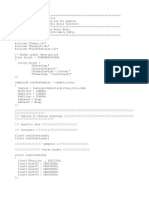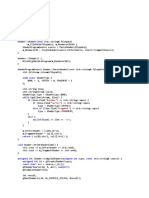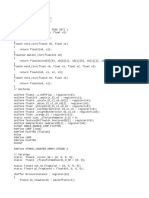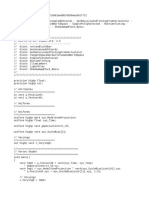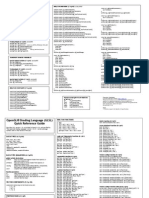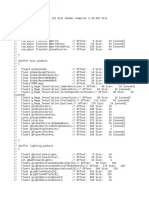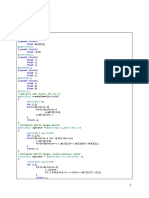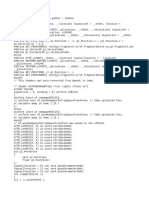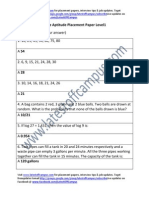0% found this document useful (0 votes)
60 views9 pagesMessage
This C++ class defines a ModeloRR model that loads 3D model assets and prepares them for rendering. It includes private member variables to store vertex and index buffers, shader resources, and constant buffers. Public methods allow setting the model's position and compiling/loading shaders and model data. The class initializes buffers and constant buffers needed for rendering the model with the loaded shaders and textures.
Uploaded by
Dharma SandovalCopyright
© © All Rights Reserved
We take content rights seriously. If you suspect this is your content, claim it here.
Available Formats
Download as TXT, PDF, TXT or read online on Scribd
0% found this document useful (0 votes)
60 views9 pagesMessage
This C++ class defines a ModeloRR model that loads 3D model assets and prepares them for rendering. It includes private member variables to store vertex and index buffers, shader resources, and constant buffers. Public methods allow setting the model's position and compiling/loading shaders and model data. The class initializes buffers and constant buffers needed for rendering the model with the loaded shaders and textures.
Uploaded by
Dharma SandovalCopyright
© © All Rights Reserved
We take content rights seriously. If you suspect this is your content, claim it here.
Available Formats
Download as TXT, PDF, TXT or read online on Scribd
/ 9












